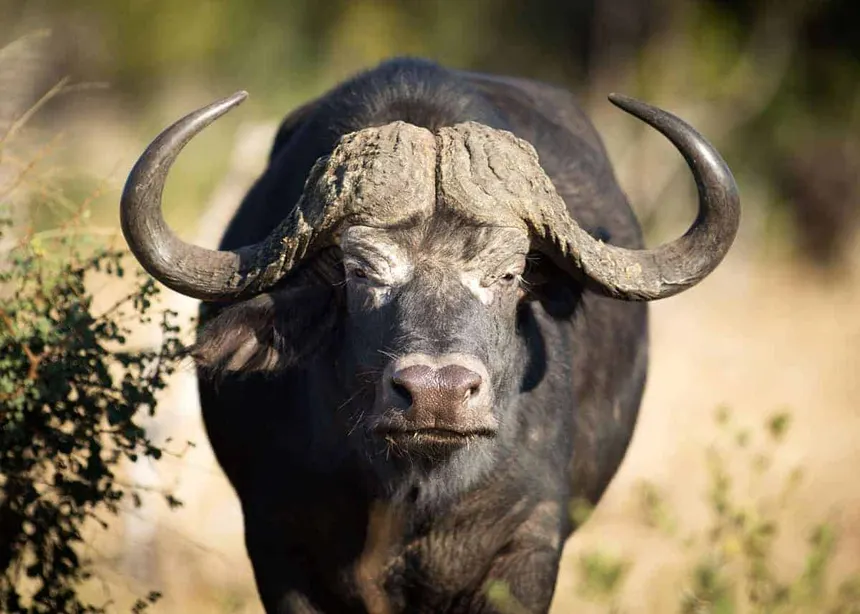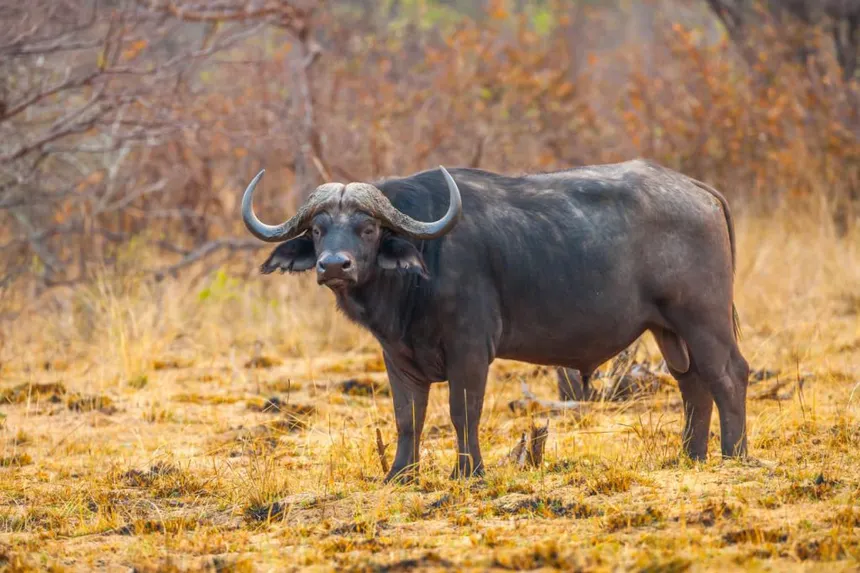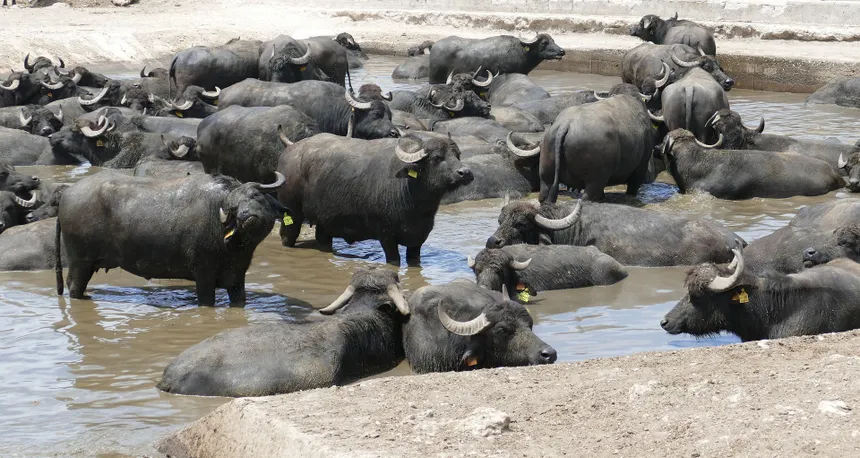7 Fascinating Facts About Buffalo

Buffalo are powerful, social, and iconic animals found across Africa and Asia. Often confused with bison, buffalo are unique in their behavior, biology, and ecological importance. Whether roaming African savannas or working in Asian rice fields, buffalo play essential roles in the natural world and human history.
Here are 7 interesting facts that explore everything you need to know about these fascinating creatures:
🐃 1. There Are Two Main Types of Buffalo
Buffalo belong to the bovine family, but there are two main species:
- African buffalo (Syncerus caffer): Also called the Cape buffalo, native to sub-Saharan Africa. Known for their unpredictable and sometimes aggressive nature.
- Asian water buffalo (Bubalus bubalis): Domesticated for over 5,000 years, widely used in agriculture across Asia.
Despite their similarities, African and Asian buffalo are not closely related to American bison, even though the names are sometimes used interchangeably.
🏋️ 2. Buffalo Are Incredibly Strong and Resilient
Buffalo are known for their immense strength and durability:
- A Cape buffalo can weigh up to 1,500 pounds (700 kg) and run at speeds up to 35 mph (56 km/h).
- Water buffalo are powerful work animals, capable of plowing rice paddies and pulling carts in difficult conditions for hours.
- African buffalo are sometimes referred to as one of the “Big Five” game animals due to their power and difficulty to hunt.
Their thick hides and curved horns offer protection against predators and rivals alike.
🧠 3. They Are Highly Intelligent and Social Animals
Buffalo live in herds that can range from just a few individuals to several hundred:
- African buffalo herds are matriarchal, led by an older female, and exhibit complex decision-making when moving or grazing.
- Water buffalo live in family groups and bond deeply with both herd members and humans when domesticated.
- They can remember threats, recognize human caretakers, and coordinate group defenses against predators.
Buffalo herds have been observed circling around vulnerable members when attacked, using strength in numbers for protection.

🦁 4. They Can Fend Off Lions and Other Predators
Cape buffalo are one of the few prey species that can successfully defend themselves against lions. In fact, they have a reputation for:
- Killing or injuring lions during confrontations.
- Mounting group counterattacks, where an entire herd returns to drive off predators.
- Using their sharp horns to deliver lethal blows.
Videos of buffalo rescuing captured herd members from lions or crocodiles demonstrate their courage and loyalty.
🛶 5. Water Buffalo Are Vital to Agriculture and Daily Life in Asia
In many parts of South and Southeast Asia, water buffalo are known as the “living tractors” of the East. They are:
- Used to plow rice paddies, especially where heavy machinery cannot operate.
- Valued for their milk, which is higher in fat than cow’s milk.
- Providers of manure for fertilizer, contributing to sustainable farming.
There are two types of water buffalo: river buffalo, used mainly for milk, and swamp buffalo, used for heavy labor.
🦠 6. Buffalo Are Surprisingly Vulnerable to Diseases
Despite their strength, buffalo are highly susceptible to diseases, especially in regions where they mix with livestock. Major threats include:
- Foot-and-mouth disease
- Bovine tuberculosis
- Trypanosomiasis (especially in Africa, caused by tsetse flies)
These diseases can spread rapidly in herds and have major impacts on both wild and domestic buffalo populations.
🧬 7. Buffalo Have Been Domesticated for Millennia
Water buffalo were domesticated over 5,000 years ago in India and China, and today more than 200 million domestic buffalo exist worldwide.
- They have been essential in Asian cultures for transport, farming, and religious symbolism.
- Their hides are used in leather production, and horns are sometimes made into tools or ornaments.
- In contrast, African buffalo have never been domesticated due to their aggressive and unpredictable nature.

🌍 Final Thoughts
Buffalo are more than just powerful grazers — they’re social, intelligent, adaptable, and deeply integrated into ecosystems and human history. From the wild savannas of Africa to the rice fields of Asia, these animals have left their mark in both nature and culture.
Understanding buffalo means appreciating both their raw strength and quiet contributions, making them some of the most intriguing animals on the planet.



